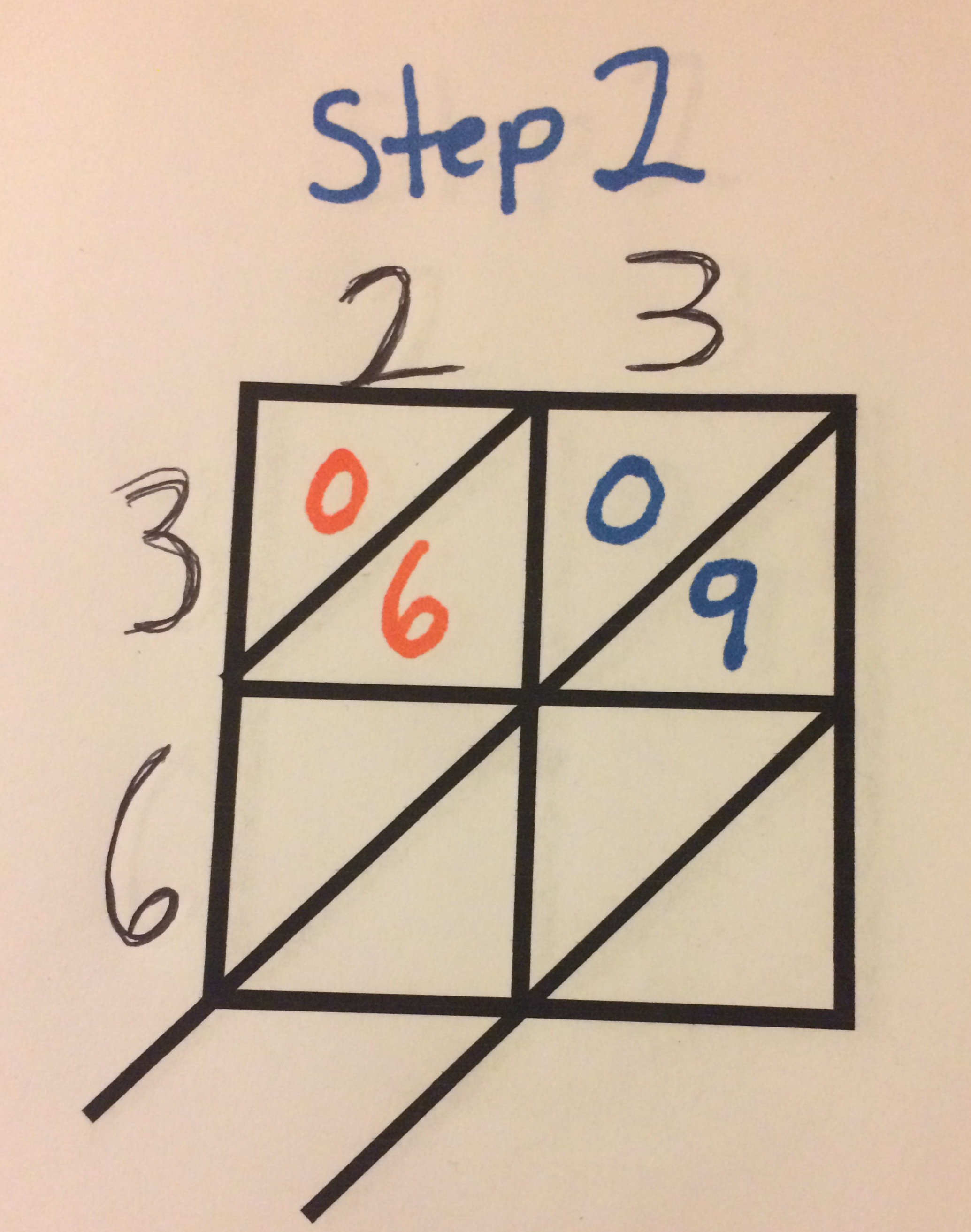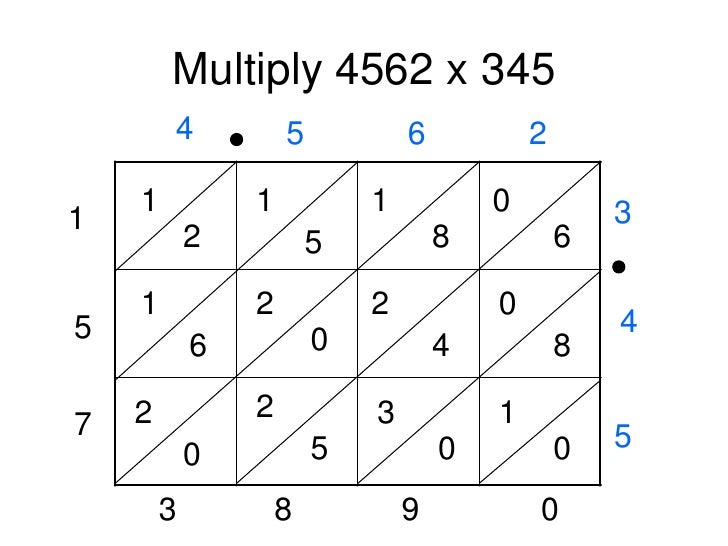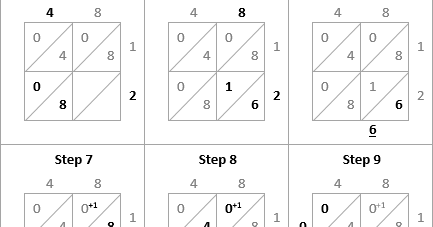
The DCLM is the method of choice, especially for large molecular complexes and high point densities. We propose new ways of subdivision based on the icosahedron and dodecahedron, which achieve constantly low ratios of longest to shortest arcs over the whole frequency range. The quality of unit sphere tesselations is discussed.

The DCLM does not depend on the spherical point distribution applied. For instance, the calculation of the solvent accessible surface area of the crystal conformation of bovine pancreatic trypsin inhibitor (entry 4PTI of the Brookhaven Protein Data Bank, 362-point sphere for all 454 nonhydrogen atoms) takes less than 1 second (on a single R3000 processor of an SGI 4D/480, about 5 MFLOP). This is most noticeable for compact conformations. However, the application of two cubic lattices-one for grouping neighboring atomic centers and the other for grouping neighboring surface dots of an atom-results in a drastic reduction of central processing unit (CPU) time consumption by avoiding redundant distance checks. The DCLM is an algorithmic variant of the approach proposed by Shrake and Rupley ( J. The algorithm can be easily parallelized. The computation speed is extremely high, making interactive calculation of surfaces, volumes, and dot surfaces for systems of 1000 and more atoms possible on single-processor workstations. The algorithm has no special memory requirements and can be easily implemented. The double cubic lattice method (DCLM) is an accurate and rapid approach for computing numerically molecular surface areas (such as the solvent accessible or van der Waals surface) and the volume and compactness of molecular assemblies and for generating dot surfaces.

Automatic paneling with four different schemes.

LATTICE METHOD SERIES
NACA symm/cambered six series with standard/modified mean line.NACA reflexed five series with standard/modified thickness.NACA five series with standard/modified thickness.NACA symm/cambered four series with standard/modified thickness.Calculates ordinates for the following :.Home About Validation Downloads Contact usĪn Object Oriented Symbolic Algorithm For Aero/Hydrodynamic Design And Simulation


 0 kommentar(er)
0 kommentar(er)
